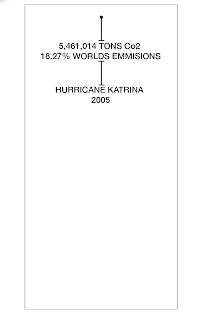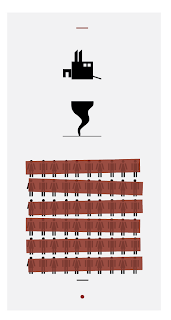Photoframe interim crit
As previously mentioned I was struggling were to take my concepts and ideas from the presented sketches. For the crit i formed 3 questions to ask half of the group who went round looking at examples of peers work. The questions I asked have produced answers that will help me move forward with my ideas and concepts. Below are my questions.
Do these designs present versatility/universal outcome? Strengths? Suggested improvements?
Describe my work in one word?
Any suggestions on concept ideas to present versatility in a minimalist way?
Here are everyones responses.

Noted down here is an overview of all the feedback I have received in a way in which will help form a base to take forward my ideas and concepts.
Don't make things too minimal so it looks too empty. Fine line between too minimal and too cluttered.
I didn't display the use of color in my mock ups so this question popped up a lot but it was suggested to use a limited pallet of 2 colors that create a high impact while working with the frame style. Look into bold colors, pastels or a combination of both.
Remove elements that cause clutter, if i am going down the minimal route keep distractions to a minimum this will also aid the concept of clarity and versatility.
The one word response feedback was positive giving me confidence in the initial concepts at the moment. The best been:
Clinical
Organized
Minimalistic
Clean
Pick a brand to work with and follow there past color schemes. Could look at ikea and create an high end range of frames for them as i initially wanted to aim at the top end of the market.
Use some simple vector graphic to enhance the simple & clean compositions.
Look into generic icons like cameras, could create simple vectors of these icons? How minimal looking can i make a camera icon?
Show my grid in the later stages of my developments. Experiment with layouts within a set grid.
The above are my interpretations of peoples responses in a way in which will help me strengthen and develop my existing ideas and concepts.

















































